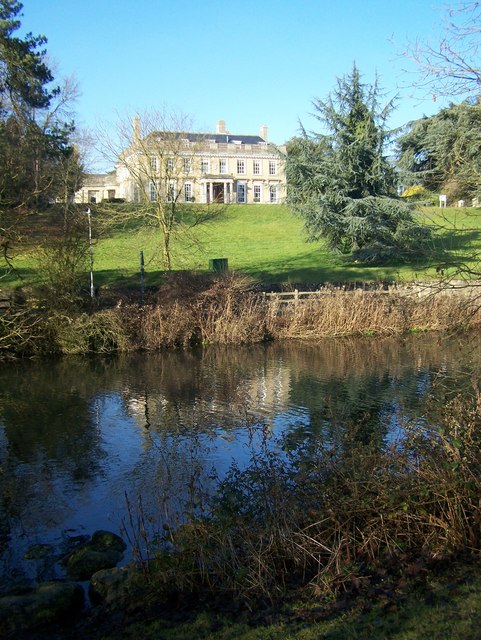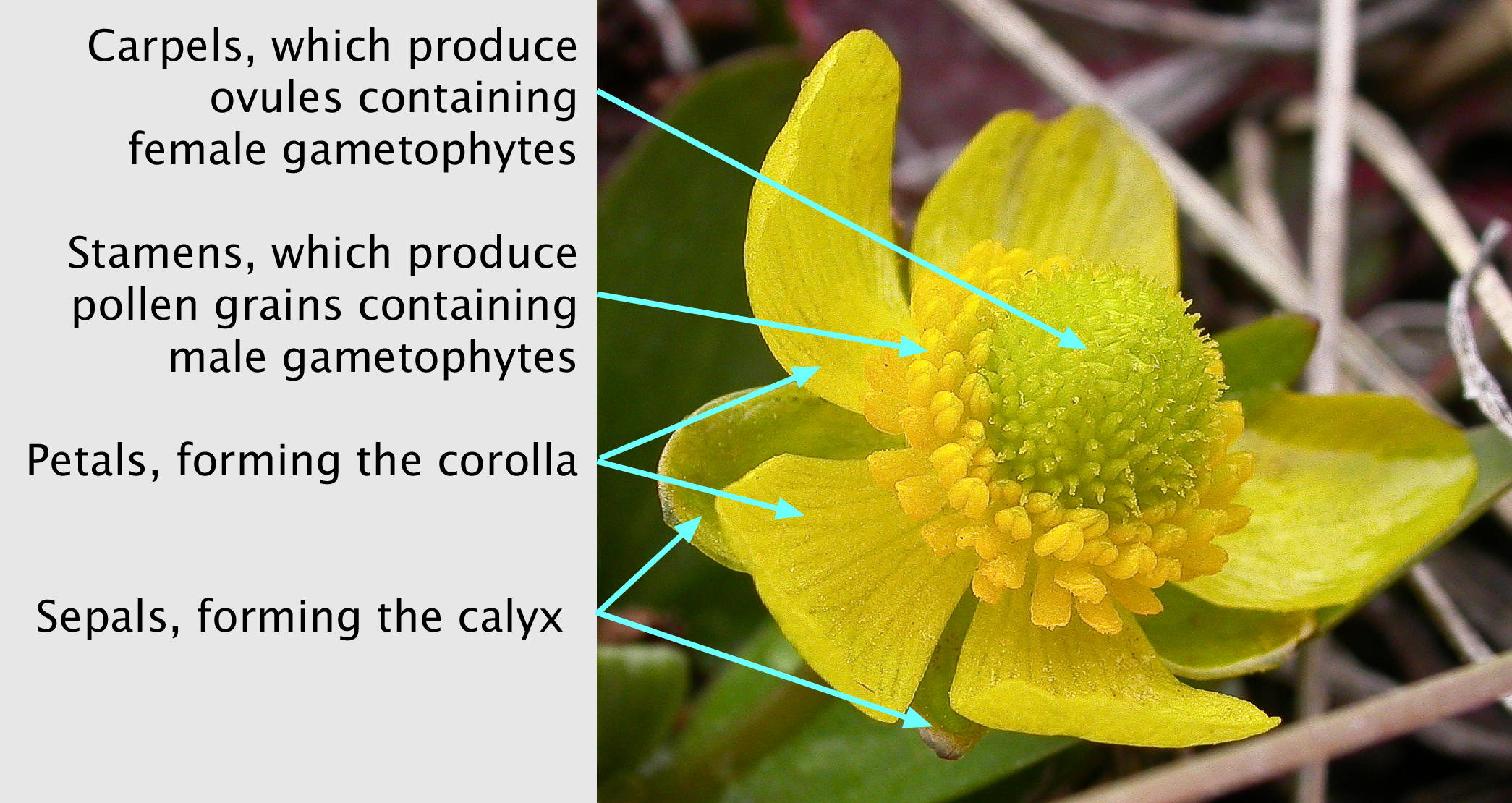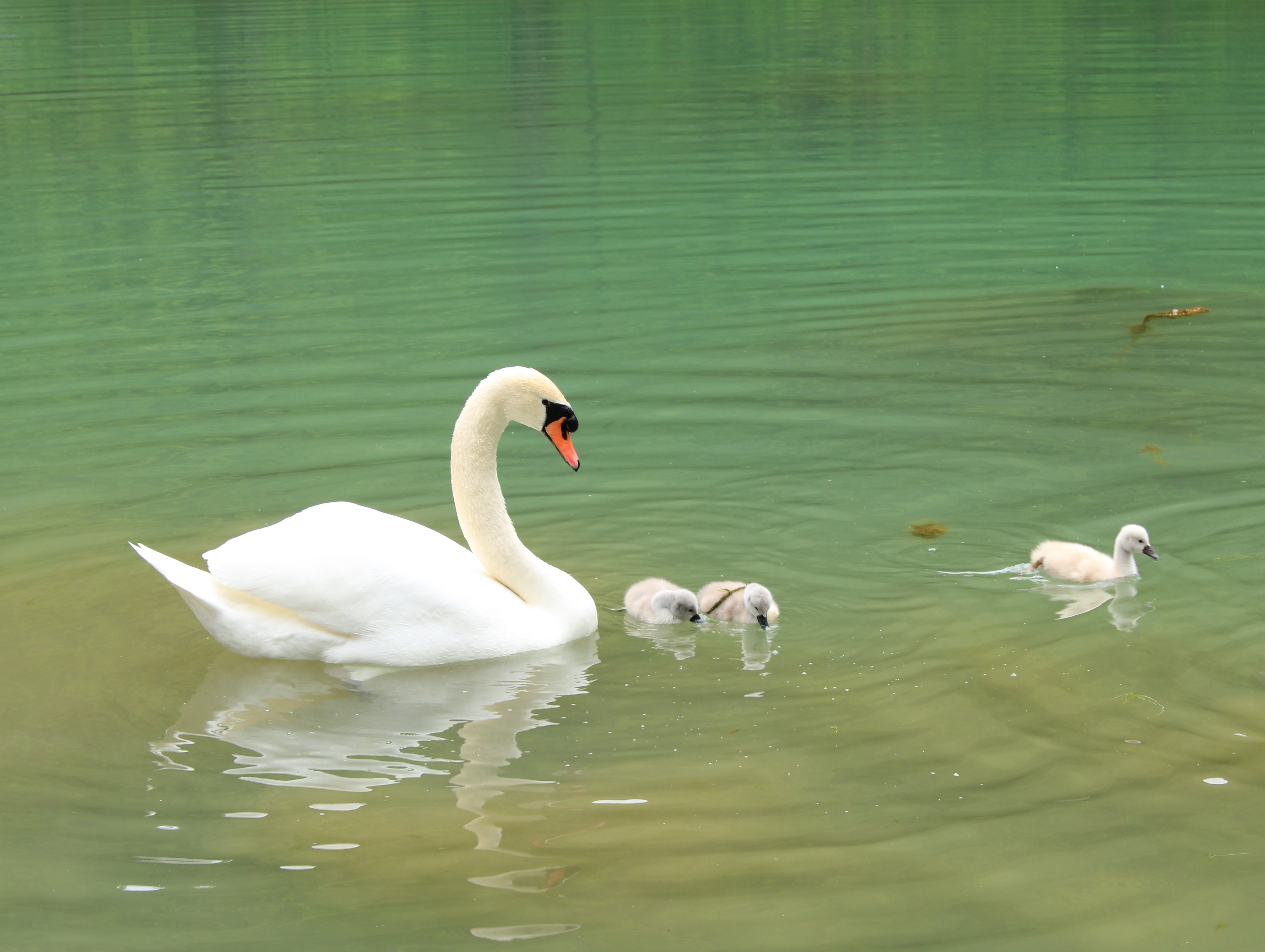|
Manor Park Country Park
Manor Park Country Park is a country park in West Malling, Kent, England. The park, formerly the private gardens of the nearby Douces Manor, was purchased from the manor's owners by Kent County Council in 1973 to be converted into a public open space. The park is legally protected as public recreational land in perpetuity by Fields in Trust as part of the Queen Elizabeth II Fields Challenge. History This Country park was bought by Kent County Council, in 1973 by using a grant aid from the Countryside Commission. The site covers , part of which was the estate of the nearby 18th Century Manor House. The Grade Listed II building (formerly owned by Thomas Augustus Douce) is opposite the park (across St. Leonard's Street). It was still within the Douce family hands, until 1916, when the manor was bought by the Trustees of Fredrick Andrews to convert it into a convalescent home for ladies. The house was then used in the Second World War to accommodate airmen and was used as t ... [...More Info...] [...Related Items...] OR: [Wikipedia] [Google] [Baidu] |
Kent
Kent is a county in South East England and one of the home counties. It borders Greater London to the north-west, Surrey to the west and East Sussex to the south-west, and Essex to the north across the estuary of the River Thames; it faces the French department of Pas-de-Calais across the Strait of Dover. The county town is Maidstone. It is the fifth most populous county in England, the most populous non-Metropolitan county and the most populous of the home counties. Kent was one of the first British territories to be settled by Germanic tribes, most notably the Jutes, following the withdrawal of the Romans. Canterbury Cathedral in Kent, the oldest cathedral in England, has been the seat of the Archbishops of Canterbury since the conversion of England to Christianity that began in the 6th century with Saint Augustine. Rochester Cathedral in Medway is England's second-oldest cathedral. Located between London and the Strait of Dover, which separates England from mainla ... [...More Info...] [...Related Items...] OR: [Wikipedia] [Google] [Baidu] |
Peppercorn (legal)
In legal parlance, a peppercorn is a metaphor for a very small cash payment or other nominal consideration, used to satisfy the requirements for the creation of a legal contract. It is featured in '' Chappell & Co Ltd v Nestle Co Ltd'' ( 960AC 87), which stated that "a peppercorn does not cease to be good consideration if it is established that the promisee does not like pepper and will throw away the corn". Function in contract law In English law, and other countries with similar common law systems, a legal contract requires that each side must provide consideration. In other words, each party will give something of value to the other party for the contract to be considered binding. The situation is different under contracts within civil law jurisdictions because such nominal consideration can be categorised as a disguised gift. However, courts will not generally inquire into the adequacy or relative value of the consideration provided by each party. So, if a contract calls for ... [...More Info...] [...Related Items...] OR: [Wikipedia] [Google] [Baidu] |
Sweet Chestnut
''Castanea sativa'', the sweet chestnut, Spanish chestnut or just chestnut, is a species of tree in the family Fagaceae, native to Southern Europe and Asia Minor, and widely cultivated throughout the temperate world. A substantial, long-lived deciduous tree, it produces an edible seed, the chestnut, which has been used in cooking since ancient times. Description ''C. sativa'' attains a height of with a trunk often in diameter. Around 20 trees are recorded with diameters over including one in diameter at breast height. A famous ancient tree known as the Hundred Horse Chestnut in Sicily was historically recorded at in diameter (although it has split into multiple trunks above ground). The bark often has a net-shaped (retiform) pattern with deep furrows or fissures running spirally in both directions up the trunk. The trunk is mostly straight with branching starting at low heights. The oblong-lanceolate, boldly toothed leaves are long and broad. The flowers of both s ... [...More Info...] [...Related Items...] OR: [Wikipedia] [Google] [Baidu] |
Rhinanthus Minor
''Rhinanthus minor'', known as yellow rattle, is a herbaceous wildflower in the genus ''Rhinanthus'' in the family Orobanchaceae (the broomrapes). It has circumpolar distribution in Europe, Russia, western Asia, and northern North America. An annual plant, yellow rattle grows up to tall, with upright stems and opposite, simple leaves. The fruit is a dry capsule, with loose, rattling seeds. The preferred habitat of ''Rhinanthus minor'' is dry fields or meadows; it tolerates a wide range of soil types. It flowers in the summer between May and September. It is hemiparasitic, notably on Poaceae (grasses) and Fabaceae (legumes), and farmers consider it to be a pest, as it reduces grass growth. Yellow rattle is used to create or restore wildflower meadows, where it maintains species diversity by suppressing dominant grasses and the recycling of soil nutrients. The seed is sown thinly onto grassland from August to November—to germinate the following spring, the seeds need to remai ... [...More Info...] [...Related Items...] OR: [Wikipedia] [Google] [Baidu] |
Buttercups
''Ranunculus'' is a large genus of about almost 1700 to more than 1800 species of flowering plants in the family Ranunculaceae. Members of the genus are known as buttercups, spearworts and water crowfoots. The genus is distributed in Europe, North America and South America. The familiar and widespread buttercup of gardens throughout Northern Europe (and introduced elsewhere) is the creeping buttercup ''Ranunculus repens'', which has extremely tough and tenacious roots. Two other species are also widespread, the bulbous buttercup ''Ranunculus bulbosus'' and the much taller meadow buttercup ''Ranunculus acris''. In ornamental gardens, all three are often regarded as weeds. Buttercups usually flower in the spring, but flowers may be found throughout the summer, especially where the plants are growing as opportunistic colonizers, as in the case of garden weeds. The water crowfoots (''Ranunculus'' subgenus ''Batrachium''), which grow in still or running water, are sometimes tre ... [...More Info...] [...Related Items...] OR: [Wikipedia] [Google] [Baidu] |
English Heritage
English Heritage (officially the English Heritage Trust) is a charity that manages over 400 historic monuments, buildings and places. These include prehistoric sites, medieval castles, Roman forts and country houses. The charity states that it uses these properties to "bring the story of England to life for over 10 million people each year". Within its portfolio are Stonehenge, Dover Castle, Tintagel Castle and the best preserved parts of Hadrian's Wall. English Heritage also manages the London Blue Plaque scheme, which links influential historical figures to particular buildings. When originally formed in 1983, English Heritage was the operating name of an executive non-departmental public body of the British Government, officially titled the Historic Buildings and Monuments Commission for England, that ran the national system of heritage protection and managed a range of historic properties. It was created to combine the roles of existing bodies that had emerged from a lo ... [...More Info...] [...Related Items...] OR: [Wikipedia] [Google] [Baidu] |
Ice House (building)
An ice house, or icehouse, is a building used to store ice throughout the year, commonly used prior to the invention of the refrigerator. Some were underground chambers, usually man-made, close to natural sources of winter ice such as freshwater lakes, but many were buildings with various types of insulation. During the winter, ice and snow would be cut from lakes or rivers, taken into the ice house, and packed with insulation (often straw or sawdust). It would remain frozen for many months, often until the following winter, and could be used as a source of ice during the summer months. The main application of the ice was the storage of foods, but it could also be used simply to cool drinks, or in the preparation of ice-cream and sorbet desserts. During the heyday of the ice trade, a typical commercial ice house would store of ice in a and building. History A cuneiform tablet from c. 1780 BC records the construction of an icehouse by Zimri-Lim, the King of Mari, in t ... [...More Info...] [...Related Items...] OR: [Wikipedia] [Google] [Baidu] |
Swallow
The swallows, martins, and saw-wings, or Hirundinidae, are a family of passerine songbirds found around the world on all continents, including occasionally in Antarctica. Highly adapted to aerial feeding, they have a distinctive appearance. The term "swallow" is used colloquially in Europe as a synonym for the barn swallow. Around 90 species of Hirundinidae are known, divided into 19 genera, with the greatest diversity found in Africa, which is also thought to be where they evolved as hole-nesters. They also occur on a number of oceanic islands. A number of European and North American species are long-distance migrants; by contrast, the West and South African swallows are nonmigratory. This family comprises two subfamilies: Pseudochelidoninae (the river martins of the genus ''Pseudochelidon'') and Hirundininae (all other swallows, martins, and saw-wings). In the Old World, the name "martin" tends to be used for the squarer-tailed species, and the name "swallow" for the more fork ... [...More Info...] [...Related Items...] OR: [Wikipedia] [Google] [Baidu] |
Martin (bird)
The swallows, martins, and saw-wings, or Hirundinidae, are a family of passerine songbirds found around the world on all continents, including occasionally in Antarctica. Highly adapted to aerial feeding, they have a distinctive appearance. The term "swallow" is used colloquially in Europe as a synonym for the barn swallow. Around 90 species of Hirundinidae are known, divided into 19 genera, with the greatest diversity found in Africa, which is also thought to be where they evolved as hole-nesters. They also occur on a number of oceanic islands. A number of European and North American species are long-distance migrants; by contrast, the West and South African swallows are nonmigratory. This family comprises two subfamilies: Pseudochelidoninae (the river martins of the genus ''Pseudochelidon'') and Hirundininae (all other swallows, martins, and saw-wings). In the Old World, the name "martin" tends to be used for the squarer-tailed species, and the name "swallow" for the more fo ... [...More Info...] [...Related Items...] OR: [Wikipedia] [Google] [Baidu] |
Moorhen
Moorhens—sometimes called marsh hens—are medium-sized water birds that are members of the rail family (Rallidae). Most species are placed in the genus ''Gallinula'', Latin for "little hen". They are close relatives of coots. They are often referred to as (black) gallinules. Recently, one of the species of ''Gallinula'' was found to have enough differences to form a new genus '' Paragallinula'' with the only species being the lesser moorhen (''Paragallinula angulata''). Two species from the Australian region, sometimes separated in , are called "native hens" (also native-hen or nativehen). The native hens differ visually by shorter, thicker and stubbier toes and bills, and longer tails that lack the white signal pattern of typical moorhens.Boles (2005) Description These rails are mostly brown and black with some white markings in plumage colour. Unlike many of the rails, they are usually easy to see because they feed in open water margins rather than hidden in reed ... [...More Info...] [...Related Items...] OR: [Wikipedia] [Google] [Baidu] |
Swan
Swans are birds of the family Anatidae within the genus ''Cygnus''. The swans' closest relatives include the geese and ducks. Swans are grouped with the closely related geese in the subfamily Anserinae where they form the tribe Cygnini. Sometimes, they are considered a distinct subfamily, Cygninae. There are six living and many extinct species of swan; in addition, there is a species known as the coscoroba swan which is no longer considered one of the true swans. Swans usually mate for life, although "divorce" sometimes occurs, particularly following nesting failure, and if a mate dies, the remaining swan will take up with another. The number of eggs in each clutch ranges from three to eight. Etymology and terminology The English word ''swan'', akin to the German , Dutch and Swedish , is derived from Indo-European root ' ('to sound, to sing'). Young swans are known as '' cygnets'' or as '' swanlings''; the former derives via Old French or (diminutive suffix et 'little') from ... [...More Info...] [...Related Items...] OR: [Wikipedia] [Google] [Baidu] |
Coot
Coots are medium-sized water birds that are members of the rail family, Rallidae. They constitute the genus ''Fulica'', the name being the Latin term for "coot". Coots have predominantly black plumage, and—unlike many rails—they are usually easy to see, often swimming in open water. They are close relatives of the moorhen. However, the Coot typically appears 'dumpier' and lacks the distinctive red frontal face of the moorhen. Taxonomy and systematics The genus ''Fulica'' was introduced in 1758 by the Swedish naturalist Carl Linnaeus in the tenth edition of his ''Systema Naturae''. The genus name is the Latin word for a Eurasian coot. The name was used by the Swiss naturalist Conrad Gessner in 1555. The type species is the Eurasian coot. A group of coots are referred to as a ''covert'' or ''cover''. Species The genus contains 10 extant species and one which is now extinct. Extinct species Recently extinct species * ''Fulica newtonii'' Milne-Edwards, 1867 – Masca ... [...More Info...] [...Related Items...] OR: [Wikipedia] [Google] [Baidu] |



.jpg)



